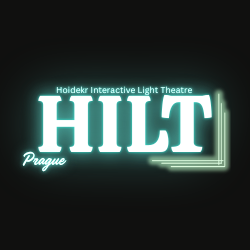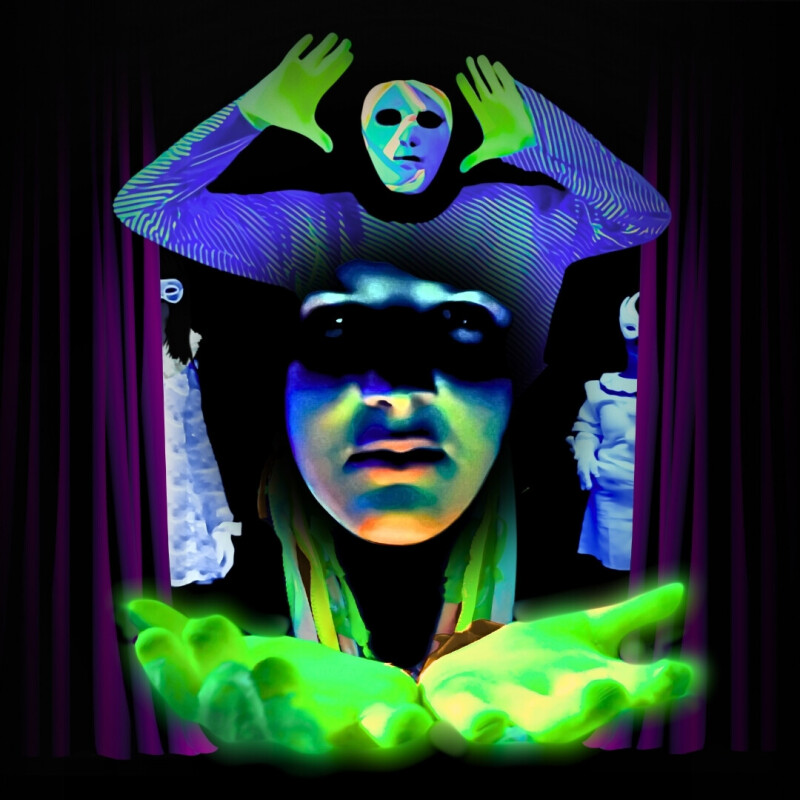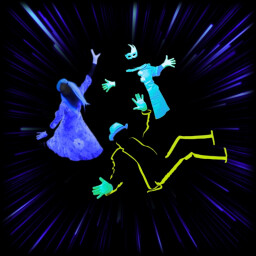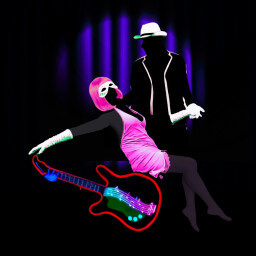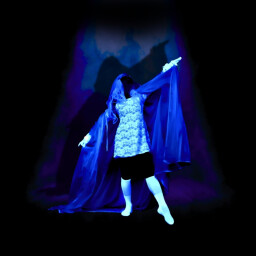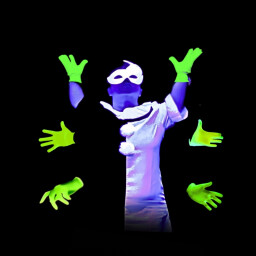HILT Black Light Theatre
Black light theatre is wordless stage magic: under UV light, black-clad performers “disappear,” so masks, puppets and glowing objects seem to move by themselves. It’s pure visual storytelling—playful, surprising, and understood by any audience. HILT is a world-traveling ensemble performing this craft on major stages and festivals. |
Black Light Theatre: Where Visible Spectacle Meets Invisible Artistry
Black light theatre, a captivating and visually stunning art form, is far more intricate than it appears. Behind the mesmerizing glow lies a demanding discipline, requiring performers and creators alike to master the delicate dance between light and shadow. It's a world where actors must know every inch of the stage blind, and directors must orchestrate two distinct realities into a single, breathtaking experience.
At its heart, black light theatre relies on the UV light spectrum to create illusions of floating objects, disappearing performers, and vibrant, luminescent scenes. Costumes and props coated in fluorescent paint explode with color under the black light, while the actors, often clad in black from head to toe, fade seamlessly into the darkness.
This is where the true challenge lies. As Theodor Hoidekr, director of the renowned HILT black light theatre, explains, creating a new show demands a unique perspective: "For me, the most difficult part is thinking separately about the visible scene, the shining props and costumes, and separately about the invisible scene, the actors moving unseen in the dark. In the final result, it must be a precise combination of both."
Hoidekr's statement encapsulates the essence of black light theatre. It’s not just about putting on a visually appealing spectacle; it's about weaving together two distinct performances.
- The Visible Scene: This is the world the audience perceives, a vibrant realm of floating objects, shimmering costumes, and dynamic narratives told through light and color.
- The Invisible Scene: This is the hidden world of the performers in black, the puppeteers of the spectacle. They are the unseen force bringing the visible illusions to life, moving props, manipulating light, and providing the physical foundation for the magic.
These two worlds exist simultaneously, intertwined and dependent on each other. The success of a black light theatre production hinges on the seamless integration of these two realities.
The actors, cloaked in darkness, must possess an unparalleled understanding of the stage. Every step, every gesture needs to be precisely calculated, lest they break the illusion and step into the light. They are masters of spatial awareness, navigating the stage with grace and precision, even when completely blind to their surroundings.
The director, in turn, acts as a conductor, orchestrating both the visible and invisible elements. They must envision the final scene, knowing how each glowing prop will move, how the actors will interact with it, and how the lighting will enhance the illusion. It's a complex process of layering and blending, requiring a keen eye for detail and a deep understanding of the art form's potential.
Ultimately, black light theatre offers a unique theatrical experience, a mesmerizing blend of artistry, technology, and physical prowess. It's a testament to the power of illusion and the dedication of the artists who bring this enchanting world to life, one meticulously planned step in the dark at a time. It's a reminder that sometimes, the most compelling magic happens in the shadows.
- Comments are empty.










